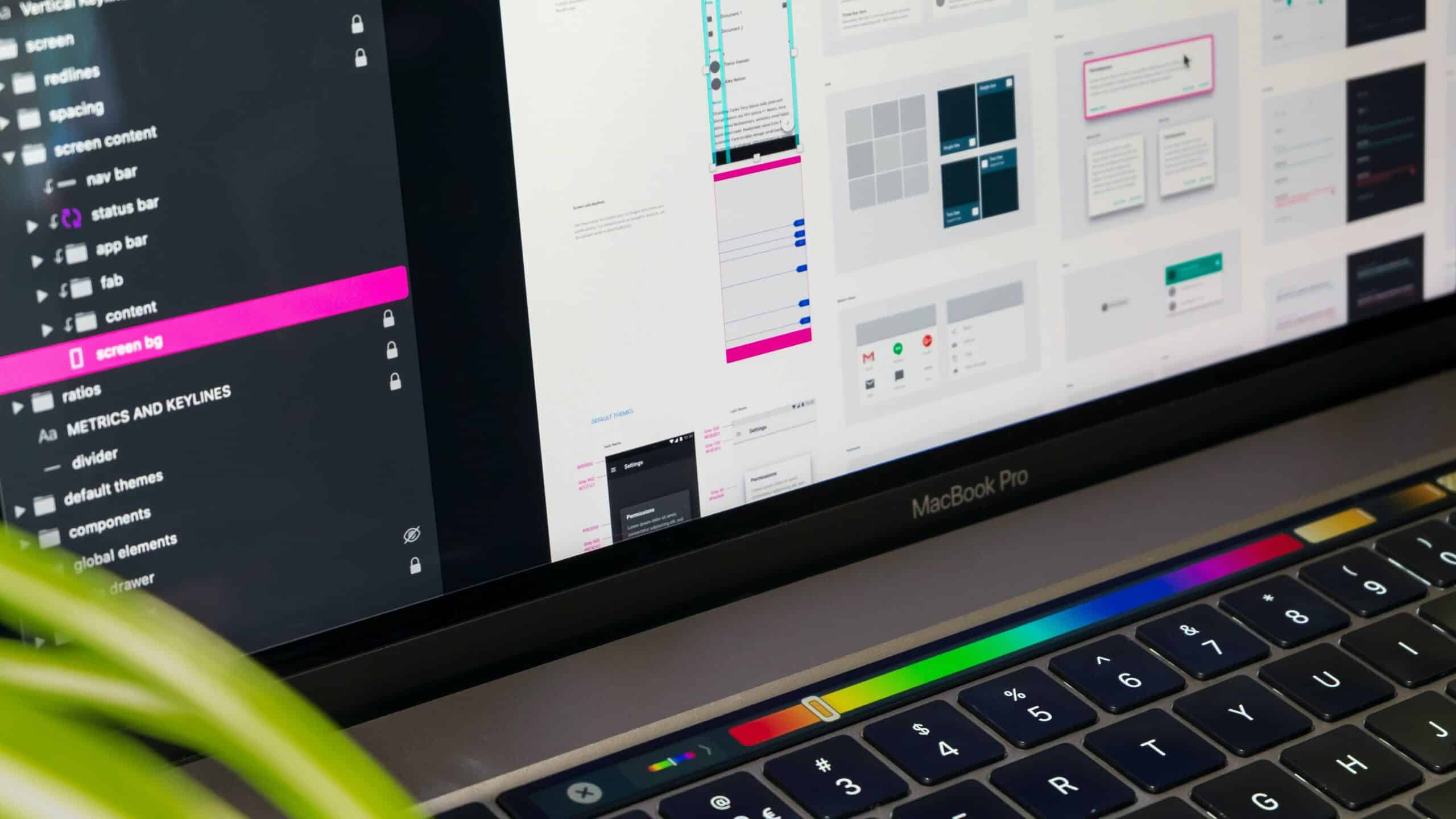Top UI/UX Trends to Consider in 2022

A user experience (UX) designer creates and optimizes the user interface for speed, response times, and other factors influencing the user experience. On the other hand, a user interface (UI) designer optimizes the look and feel of a platform. Nevertheless, both design teams must work collaboratively to harmonize all platform elements.
Site and app administrators need to keep up with technological advancements. Your users’ first impression of your platform is critical to the growth of your online business. According to a survey, about 94% of the factors that influence a user’s first impression of a website or app are related to UI/UX design.
The advancements in technology influence the creation and updating of UI and UX designs. New platforms and applications are continually created using new software and ideas. 2022 has already had significant progress in terms of UI/UX design trends. Here are a few UI/UX design trends you should keep an eye on in 2022.
Animated Illustrations
Animated illustrations use motion to increase user engagement on your website. Illustration designs add functional elements to the user interface as an alternative to static images. Illustrations can range from the simple to the very stylish and can make content more understandable, user interactions more straightforward, or can simply be added as an engaging feature for site users. Animated illustrations are particularly trendy in 2022 and are increasingly being added to website pages and apps partly because they are easier than ever to create using design software.
These illustrations can be added to product images across an online store, on a landing page to tell your brand’s story, or on service pages to demonstrate various service concepts. On the whole, they can help your platform grab the user’s attention and can be a part of increasing conversion rates.
Asymmetrical Layout
Implementing asymmetrical layouts on websites is among the latest UI/UX design trends. Asymmetrical layouts appear more dynamic, offering experimental compositions for designers a novel experience for site users. An asymmetrical layout challenges the typical design elements of a grid design system and can offer a new way to present associated messaging or story-boarded concepts.
An asymmetrical layout can also provide more character and personality in web design, lending itself particularly well to the presentation of creative or innovative products and services. Additionally, an asymmetrical layout offers the ability to use white spaces on a page in ways that might have felt more locked up in a traditional symmetrical grid design.
3D Graphics
Along with virtual reality platforms and applications, 3D graphics and related user interfaces are increasingly seen as the future of website and app design. By utilizing the principles of photorealism, 3D graphics can significantly improve user engagement. In 2022, 3D graphics are expected to continue to grow in popularity as a UX design trend across online platforms, in no small part to draw attention in crowded marketplaces.
3D UX design for presentation on modern devices allows users to do things like view a 360-degree presentation of products, content, or various spaces (like homes or offices) on a website. Seamless 3D movement can enable more effective user navigation through otherwise complicated or expansive content. While its uses are many and applications exciting, it is also a technique that should be used judiciously to avoid unnecessarily gaudy design or the needless complication of an idea that is better suited to a flat or textual presentation.
Voice UI
Voice user interfaces have been in use for a number of years now, with the likes of Alexa, Siri, and Google Assistant leading the way. A voice UI is designed to elegantly provide the user with information, and contemporarily it is being used more and more to help users understand what they can do on a given platform and how they can go about it. The beauty of voice UI is that it allows users to make searches and interface with a platform without manually accessing a device via a keyboard.
Voice interactions are an exciting UX design feature, and as their use increases so does our understanding of how to create algorithms around the natural communication of users. That understanding, in turn, enables developers to design guidelines for using voice commands to take different actions around a platform, expanding the technology’s potential uses beyond its existing limits.
Unlike typical graphical user interfaces, voice UI provides the user with multiple sensory interface options. The user can receive both visual feedback (such as icons or lightbard so indicate their site or device is listening) as well as engage in verbal interactions to do things like make purchases or access content.
Minimalism
Take a look at the layouts and information architecture of many leading tech company websites and online stores. You will likely note the strong preference for simpler but informative interfaces, certainly with some notable exceptions. The primary benefit of simplicity that many major brands have taken note of is that users can efficiently locate and access information or products on your platform, reducing frustration and increasing conversion. This trend has been growing for some time, with more companies jumping on the bandwagon.
Minimalism doesn’t necessarily equate to simplicity, however. A website design may reflect minimalism while supporting complex interactions. Progressive forms, while not overly complex per se, are an example of this idea. By presenting one form field at a time, progressive form design remains faithfully minimalist. Behind the scenes, the information input into each field may be automatically generating more or different fields as you progress through form completion. In this way, as with many minimalist design concepts, the idea is to take what might have been an intimidating user experience if it were all presented simultaneously and simplify it down to its core components for a minimal presentation.
Virtual Reality
Most people think of bulky headsets and virtual worlds when they hear the phrase “virtual reality.” Nevertheless, virtual reality is increasingly moving into the mainstream with a wide range of applications and upgraded devices. While virtual reality is among the most lucrative UI design trends in 2022, the big players will likely dominate the field early on.
VR and virtual applications are quickly becoming UI design trends in today’s buzzing online experience with gesture-based window control, eye-tracking, and holographic imaging set to play an increasingly influential role.
Key Takeaways
If the trends of 2022 provide any consistent takeaway, it’s that we’re moving toward an increasingly complex development environment where end-users will expect more and more of their experiences, but in a way that is easy and intuitive. In short, organizations are appealing to what we know about the science and psychology of marketing.
Some of these trends are readily available to any organization while others will be the domain of industry leaders for some time. All of them, however, are aimed at increasing engagement and facilitating consumer behaviors. Whatever trends an organization is able to take advantage of today, these outcomes should be among the fundamental considerations in planning and implementation.





